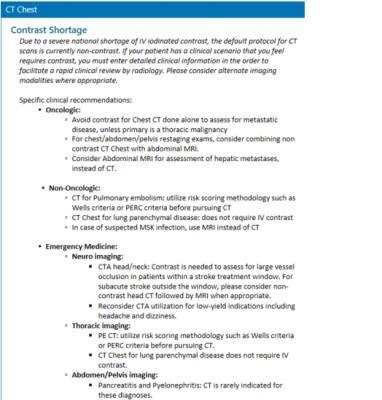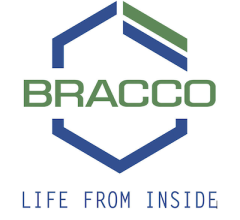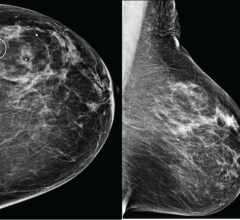
EHR screenshot showing sidebar text displayed to referring clinicians after placing orders for body CT (neck, chest, or abdomen and pelvis), describing iohexol shortage and providing appropriate strategies for iodinated contrast media conservation.
August 3, 2022 — According to an open-access article in ARRS’ American Journal of Roentgenology (AJR), electronic health record (EHR) order entry-based interventions implemented in response to the global iodinated contrast media shortage significantly reduced contrast-enhanced CT utilization within a large health system.
“The findings indicate the ability to rapidly achieve changes in ordering clinician behavior and subsequent clinical practice using system-wide EHR changes,” wrote first author Daniel I. Glazer of the Center for Evidence-Based Imaging at Brigham and Women’s Hospital in Boston, MA.
Glazer and colleagues’ retrospective study included 78,792 patients who underwent at least one CT examination (outpatient, inpatient, or emergency department setting) from April 1–July 3, 2022. On May 10, an initial EHR intervention created a sidebar alert after any contrast-enhanced body CT orders, noting the present iohexol shortage and recommending alternate imaging modalities. A second EHR-based intervention on May 16, 2022, required referrers to enter detailed clinical information for all contrast-enhanced body CT orders, which radiologists used when protocoling examinations.
Ultimately, the mean number of patients undergoing contrast-enhanced CT per weekday during pre-intervention, first post-intervention, and second post-intervention periods was 726, 689, and 639; the mean number of contrast-enhanced CT orders was 154, 143, and 131.
Noting that their health system encompassed two large academic medical centers, seven community hospitals, three specialty hospitals, and multiple affiliated ambulatory care centers—all using a single EHR (Hyperspace, Epic Systems, Verona, WI)—“the number of patients undergoing contrast-enhanced CT examinations per day decreased by 12.0%, and the number of orders for CT with contrast media decreased by 15.2% per day,” the authors of this AJR article concluded.
For more information: www.arrs.org
Related Content on Gadolinium Concerns
Global Contrast Media Shortage: Strategies for Conservation
AJR Publishes Best Practices for Iodinated Contrast Media Shortage
Voluntary Dismissal of Chuck Norris Gadolinium Case Involving Bracco
VIDEO: How Serious is MRI Gadolinium Retention in the Brain and Body? An interview with Max Wintermark, M.D.
VIDEO “Big Concerns Remain for MRI Gadolinium Contrast Safety at RSNA 2017,” An interview with Emanuel Kanal, M.D.
Radiology Has Failed to Properly Assess or Track MRI Gadolinium Contrast Safety
Recent Developments in Contrast Media
FDA Committee Votes to Expand Warning Labels on Gadolinium-Based Contrast Agents
European Medicines Agency Issues Update on Gadolinium Contrast Agents


 December 03, 2025
December 03, 2025 









